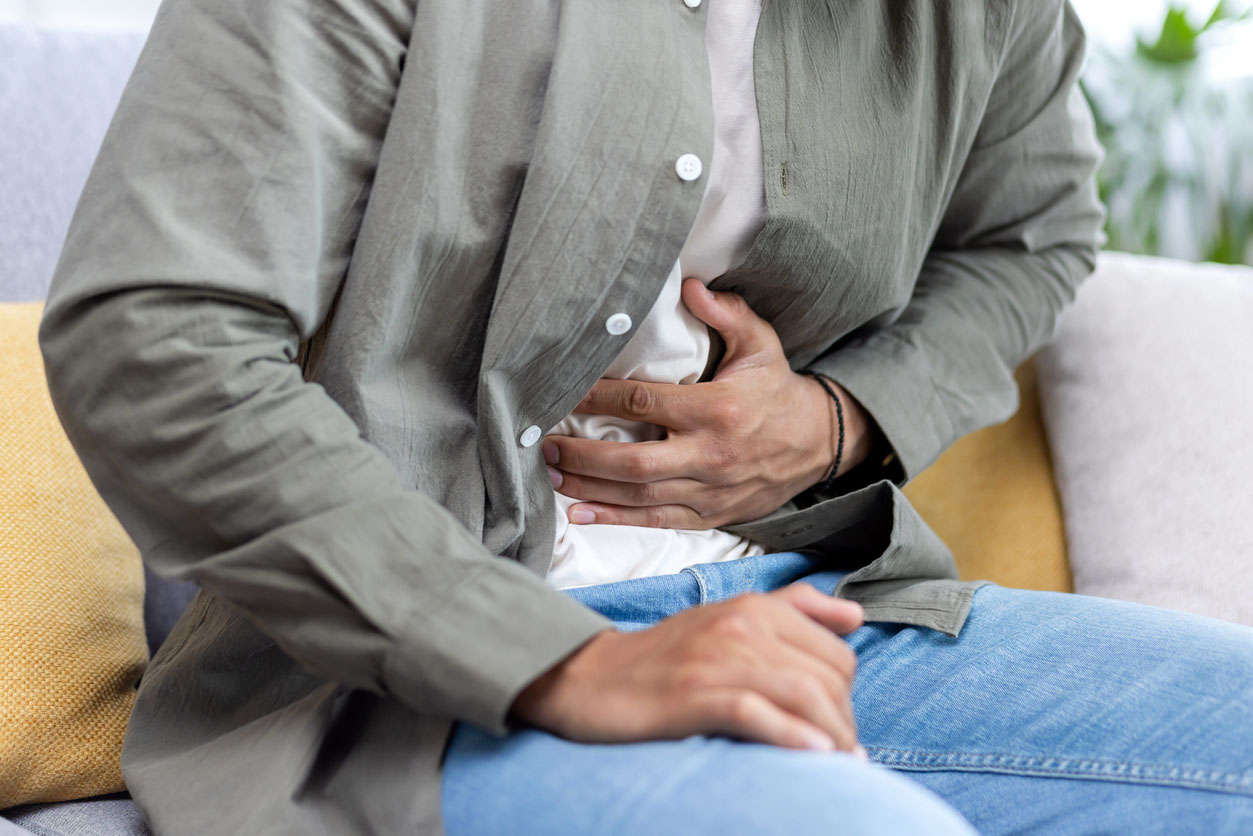The importance of food safety cannot be overstated. Every year there are an estimated 48 million cases of foodborne illness. Proper handling of food is critical to keeping it safe to eat.
Preventing cross-contamination is key. When checking out at the grocery store, use separate grocery bags for raw meat, poultry, and seafood. If you only came with one bag, use the clear plastic bags available in the produce department as a barrier against contaminating your other groceries. At home, if not placing that meat, poultry, or seafood directly into the freezer, store them on the bottom shelf of the refrigerator. This ensures any raw meat juices won’t drip down and contaminate the food on the shelves beneath it.
Use separate and designated cutting boards for meal prep. For example, a green cutting board for vegetables and a red one for raw protein is an easy way to keep track of which boards to use to keep cross-contamination at bay. If using wood cutting boards, make sure there are no cracks or holes where bacteria can proliferate. Make sure they’re clean and properly sanitized before and after using them—keeping them a good distance apart while prepping food to avoid contamination of your produce from raw meat juices. And handle food only after you’ve cleaned your countertop surfaces and washed your hands.
When cutting and seasoning any raw protein, wash your hands before picking up your salt shaker and pepper mill! Those tongs you used to transfer that raw chicken from your cutting board to the skillet should not make any contact with the finished cooked product. Always use clean utensils.
Cook food to proper internal temperature to ensure any harmful bacteria is killed before consumption.
You can find more food safety basics here.
To your health!
Leyla Muedin, MS, RD, CDN







